Conventional Farming - Insights on Conventional Farming
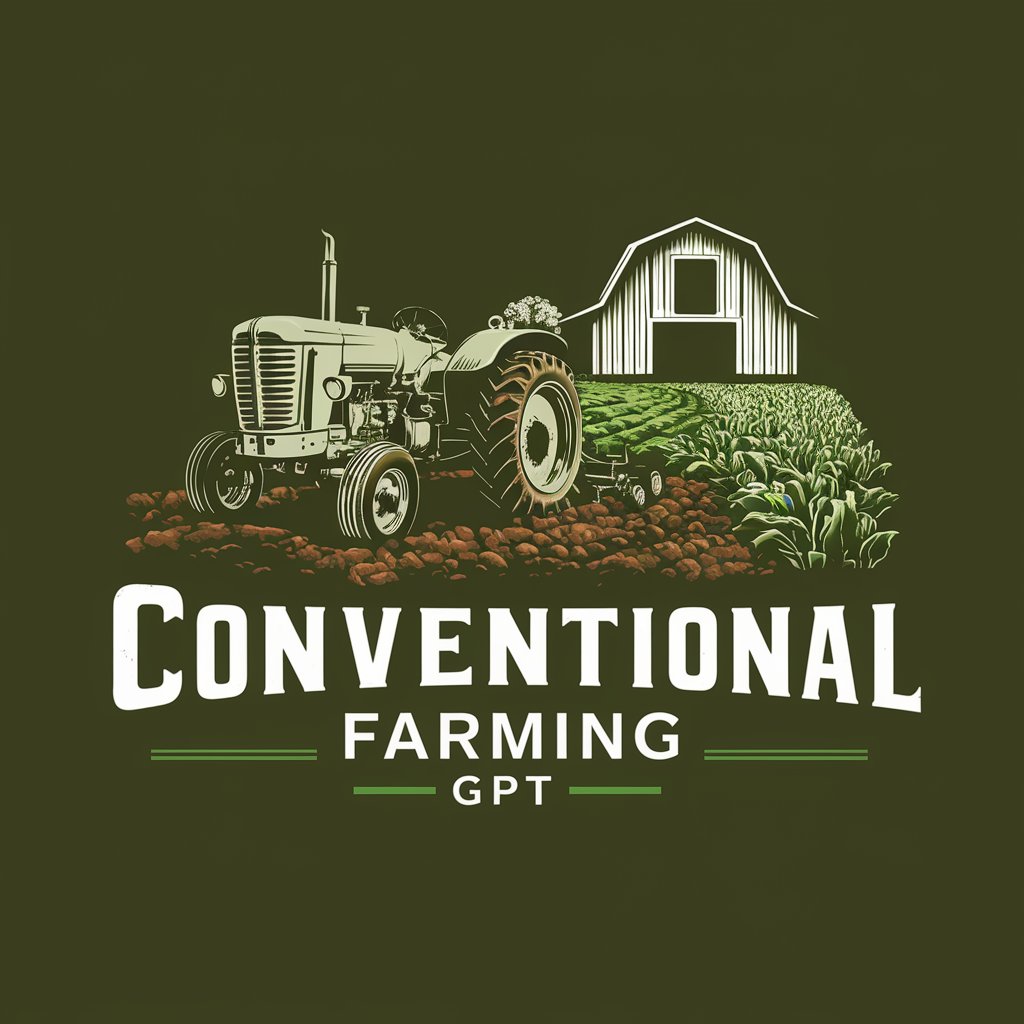
Welcome! Let's dive into the world of conventional farming.
Empowering Agriculture with AI Insights
Explain the benefits of crop rotation in conventional farming.
Describe the impact of pesticide use on crop yield.
Discuss the role of synthetic fertilizers in soil health.
What are the key challenges faced by conventional farmers today?
Get Embed Code
Overview of Conventional Farming GPT
Conventional Farming GPT is designed to serve as a comprehensive resource for individuals and organizations involved in or interested in conventional agriculture. Its core function is to disseminate knowledge about traditional agricultural practices, including but not limited to, the use of synthetic fertilizers and pesticides, irrigation techniques, crop rotation, and the implementation of genetically modified organisms (GMOs). This GPT aims to provide insights based on the latest research, trends, and technological advancements in conventional farming. For example, it can detail the process and benefits of implementing precision agriculture technologies to optimize fertilizer use or describe the economic and environmental impacts of monoculture vs. polyculture systems. The design purpose is to support the agricultural community by offering information that can help increase productivity, sustainability, and profitability within the framework of conventional farming methods. Powered by ChatGPT-4o。

Core Functions of Conventional Farming GPT
Agricultural Best Practices
Example
Guidance on the optimal use of synthetic fertilizers for different crops.
Scenario
A farmer looking to maximize yield for a specific crop type might use this function to determine the most efficient fertilizer type, application rate, and timing.
Pest and Disease Management
Example
Strategies for integrating chemical and non-chemical pest control methods.
Scenario
This could be applied in a scenario where a farmer needs to manage a pest outbreak without causing undue harm to the environment or non-target species.
Technological Integration in Farming
Example
Advice on implementing precision agriculture tools like drones or sensor-based irrigation systems.
Scenario
Agricultural producers aiming to reduce resource use and increase efficiency might explore this function to select and deploy the most suitable technologies for their operations.
Market and Economic Analysis
Example
Insights into current market trends and economic factors affecting crop selection and profitability.
Scenario
Farmers and agribusinesses can leverage this function to make informed decisions about crop planning and marketing strategies to optimize financial outcomes.
Target User Groups for Conventional Farming GPT
Commercial Farmers
These users benefit from detailed information on enhancing crop yields, reducing costs, and managing risks associated with large-scale farming operations.
Agricultural Students and Educators
This group utilizes the GPT to supplement academic learning and research with up-to-date information on conventional farming practices and technologies.
Agricultural Consultants and Advisors
Professionals in this category rely on the GPT for comprehensive, evidence-based advice to support their recommendations to farmers and agricultural businesses.
Agricultural Policy Makers
They use the GPT to understand the implications of various farming practices on food security, sustainability, and the economy to inform policy decisions.

Guidelines for Using Conventional Farming Insights
Start Your Journey
Begin by accessing yeschat.ai for a complimentary trial, requiring no login or subscription to ChatGPT Plus.
Identify Your Needs
Determine the specific aspects of conventional farming you're interested in, such as crop management, soil fertility, pest control, or agricultural machinery.
Engage with Content
Utilize the provided insights to deepen your understanding of conventional farming practices, focusing on the areas of your interest.
Apply Knowledge
Implement the insights in your agricultural practices, adjusting techniques based on seasonal variations, crop types, and local environmental conditions.
Continuous Learning
Stay updated with the latest trends and research in conventional farming by revisiting the platform and exploring new content regularly.
Try other advanced and practical GPTs
Time Table Assistant
Optimize Your Day with AI-Powered Scheduling

Agricultural Management
Empowering Agri-business with AI-driven Management
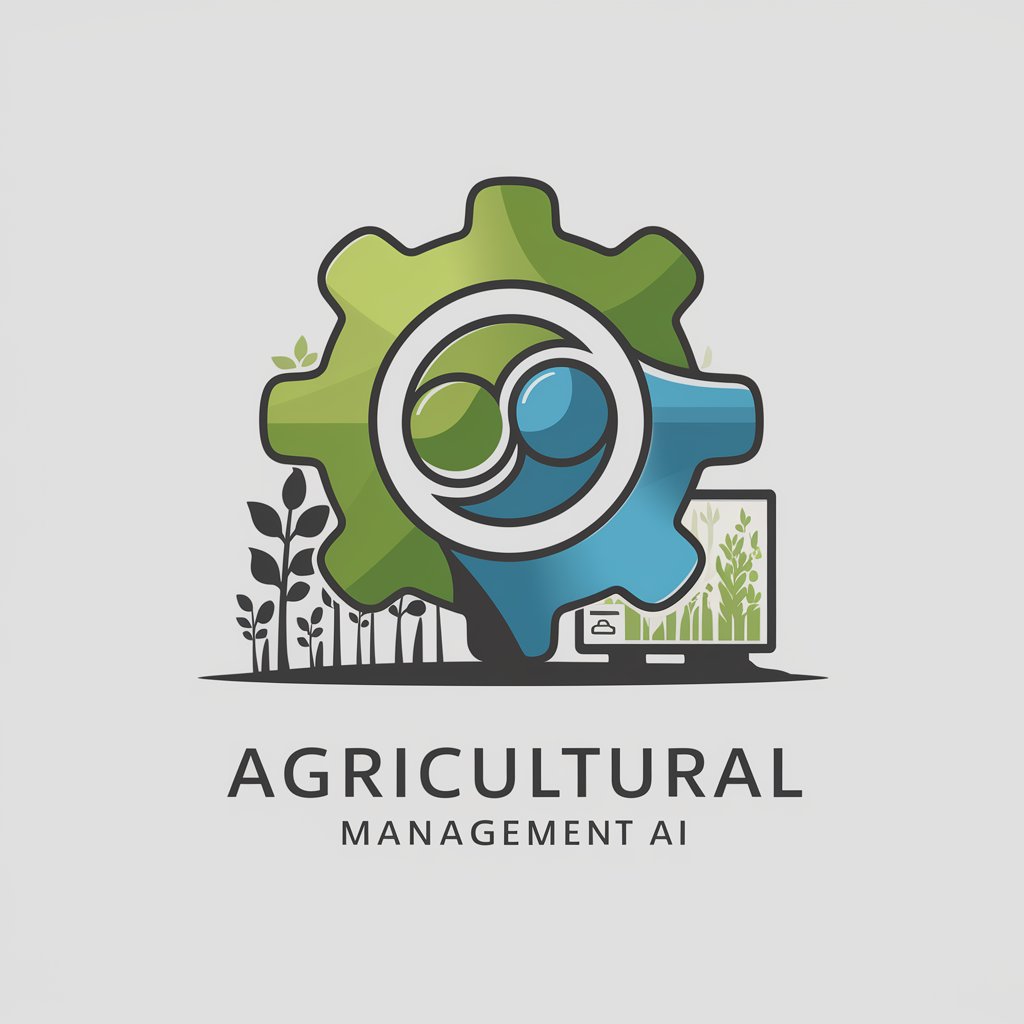
Farming
Cultivating Sustainability with AI

AgriAdvisor
Empowering Farmers with AI-Driven Advice
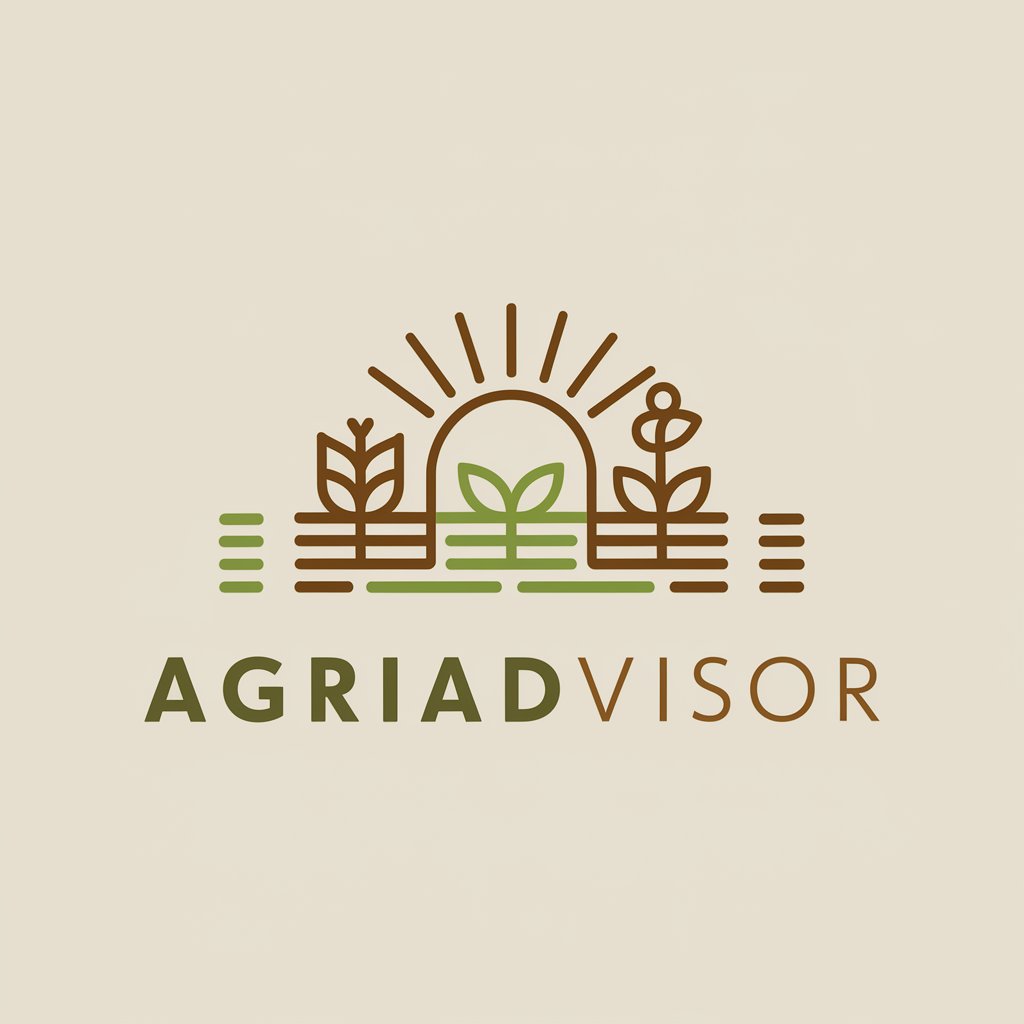
道の駅くりもとイノベーター
Empowering Development with AI Insight
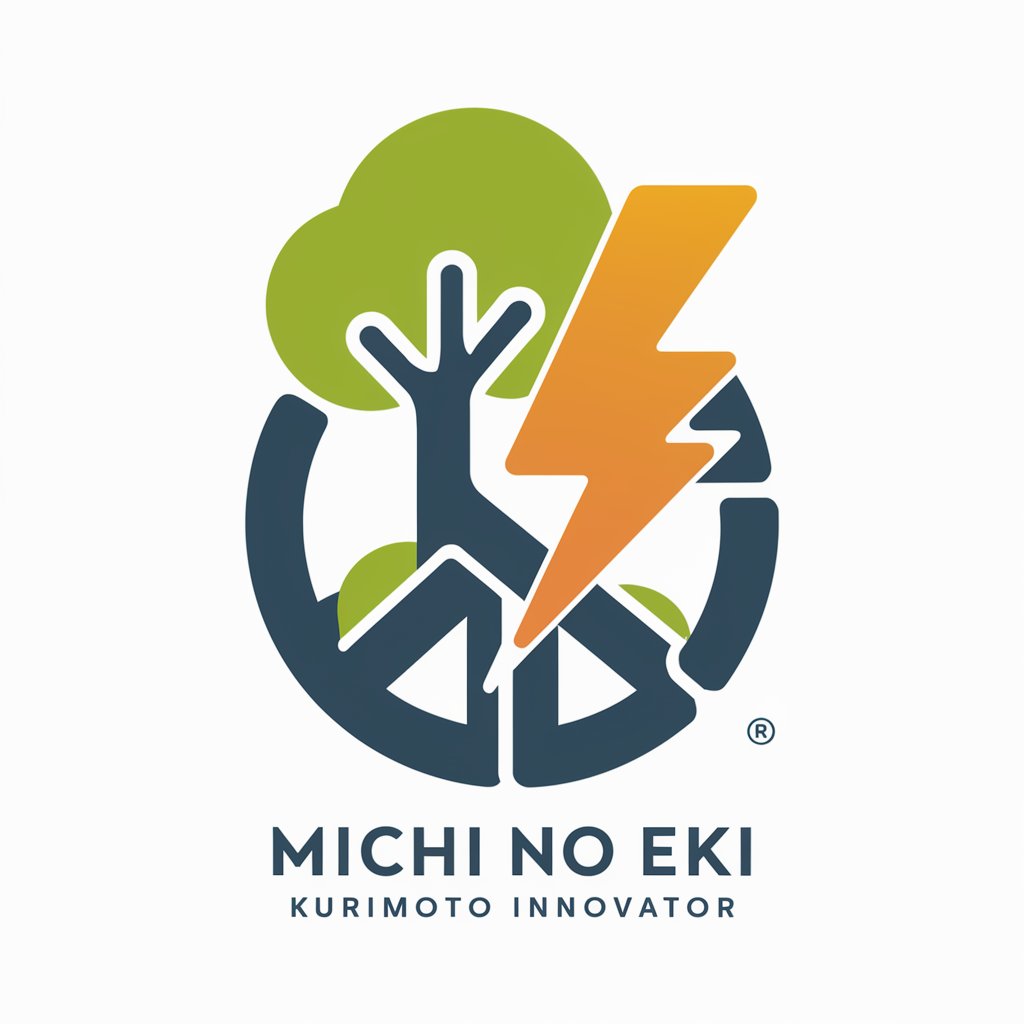
Orchard
Cultivate success with AI-powered orchard intelligence.
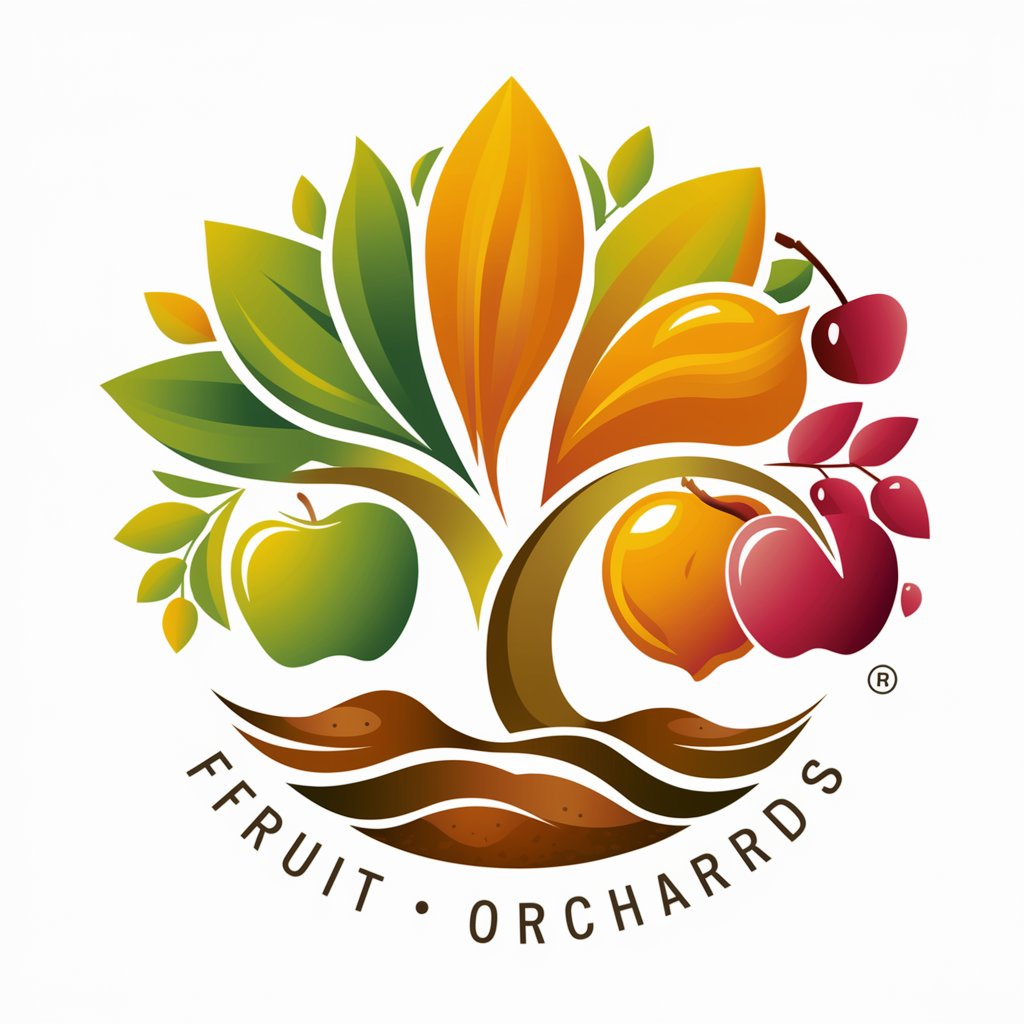
Crop Science
Empowering Agriculture with AI
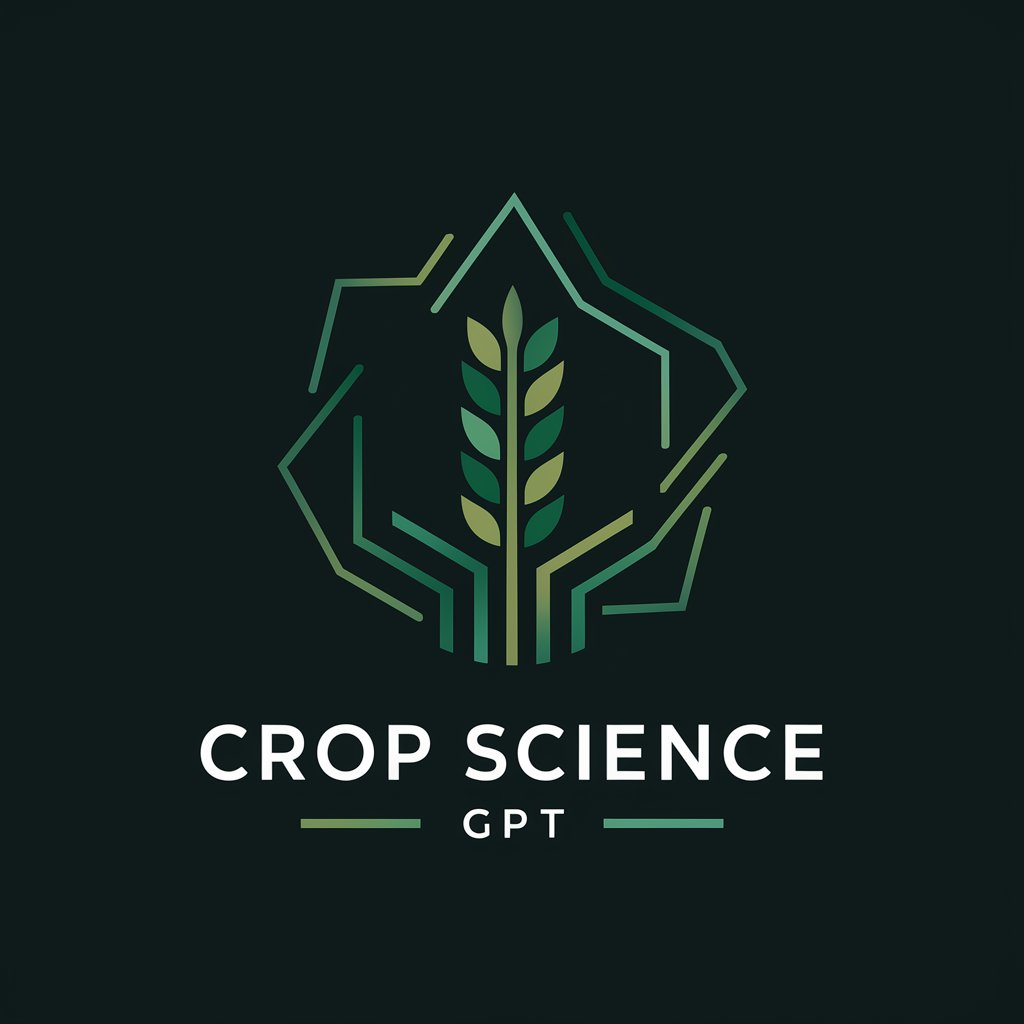
Hydro Grant Helper
Streamlining Hydroponics Grants with AI

Animal Science
Empowering Agriculture with AI-driven Animal Science
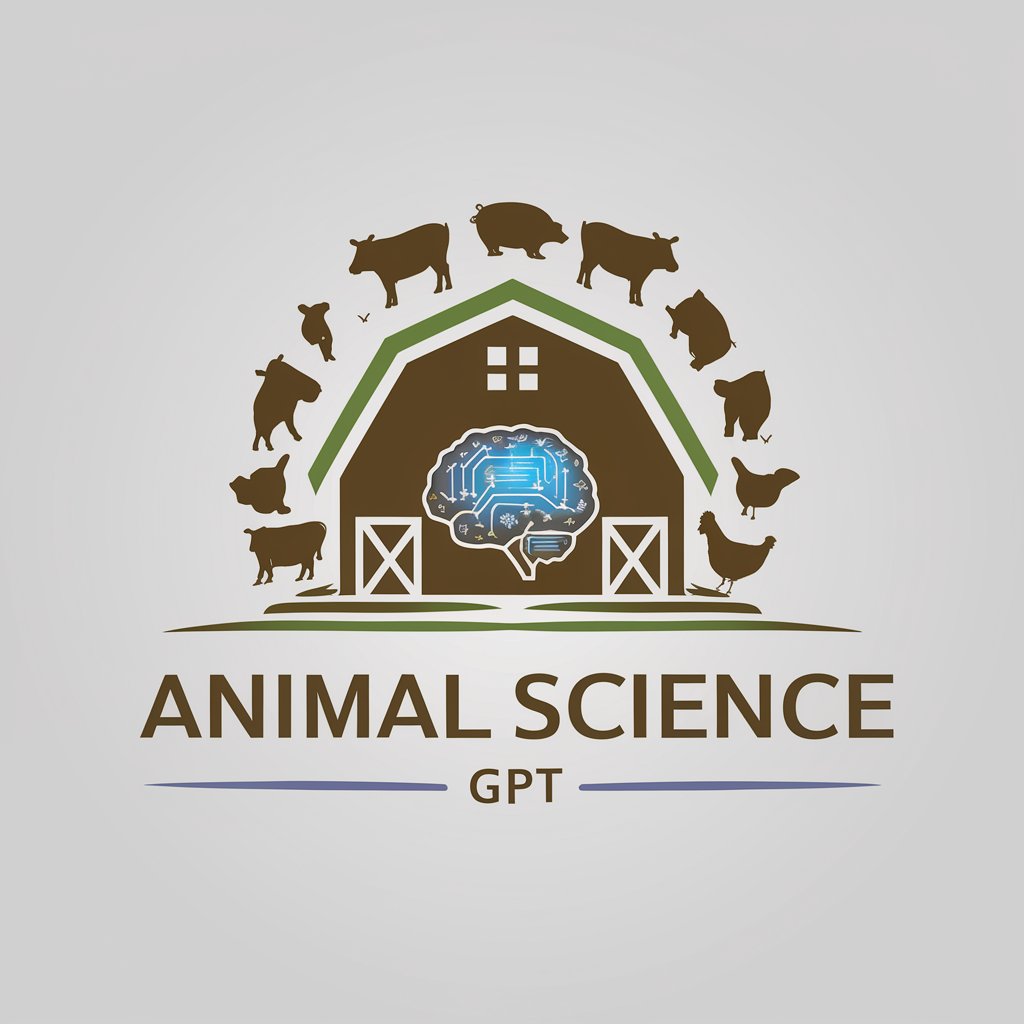
Agronomy
Empowering Agriculture with AI
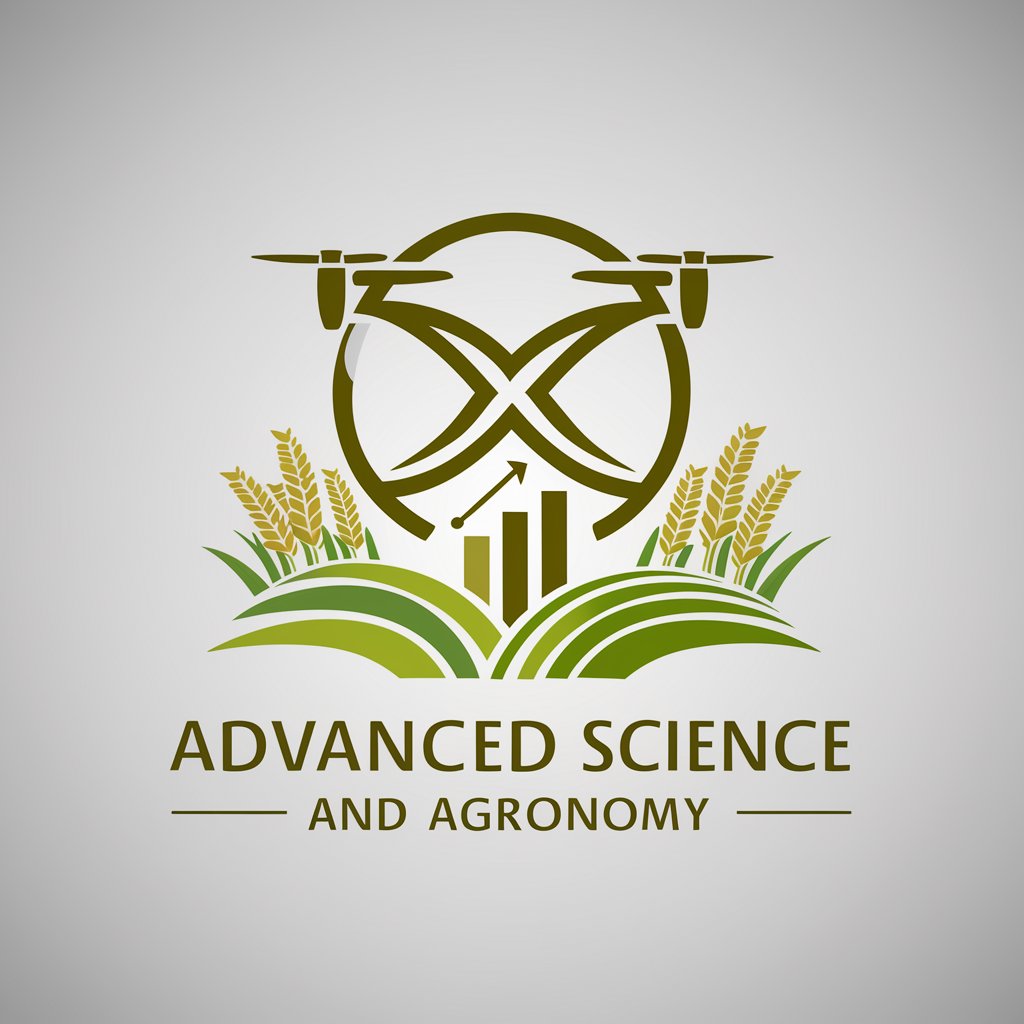
AgriAdvisor
Empowering Farmers with AI Insights
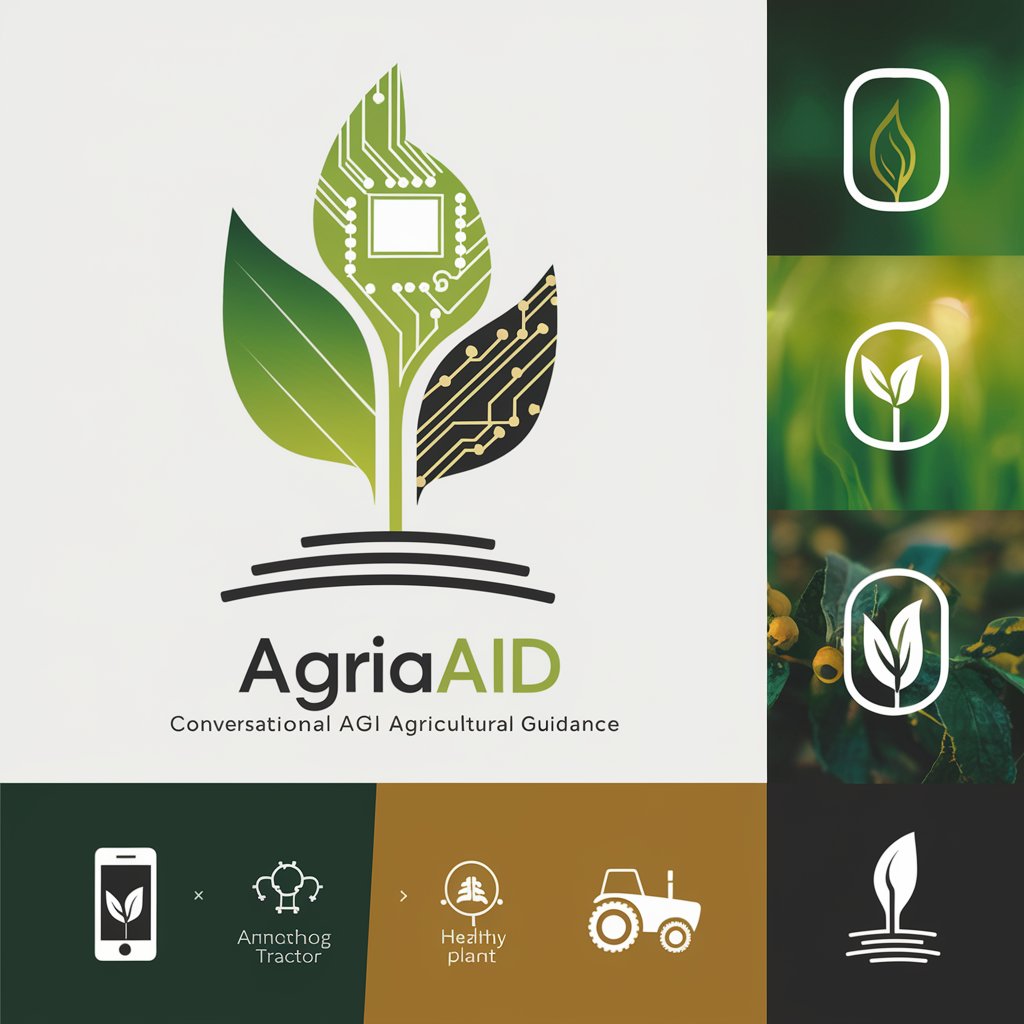
MyMycelium
Empowering Safe Psychedelic Exploration with AI
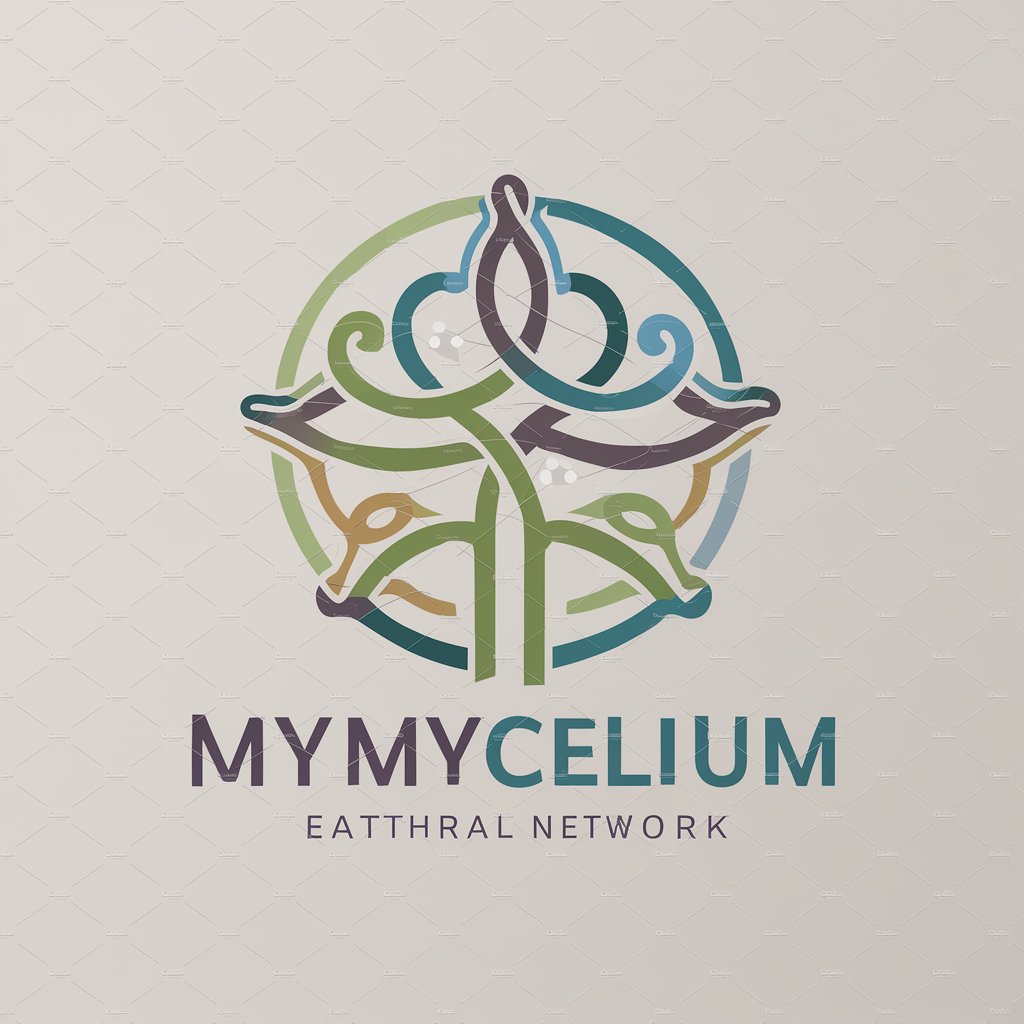
Frequently Asked Questions About Conventional Farming Insights
What is conventional farming?
Conventional farming refers to agricultural practices that rely on synthetic chemical fertilizers, pesticides, and genetically modified organisms (GMOs) to enhance crop production and manage pests.
How does conventional farming impact soil health?
While conventional farming can increase short-term crop yields, it may also lead to soil degradation over time due to the heavy use of synthetic chemicals, affecting soil structure, fertility, and biodiversity.
Can conventional farming practices be sustainable?
Conventional farming faces challenges in sustainability, but integrating practices such as crop rotation, conservation tillage, and precision agriculture can improve its environmental footprint.
What are the economic benefits of conventional farming?
Conventional farming often leads to higher crop yields and efficiencies due to advanced technologies and inputs, translating into increased profitability and food production.
How does conventional farming compare to organic farming?
Conventional farming differs from organic farming mainly in its use of synthetic inputs for crop production. Organic farming avoids synthetic chemicals, focusing instead on natural processes and materials to maintain ecosystem balance.
